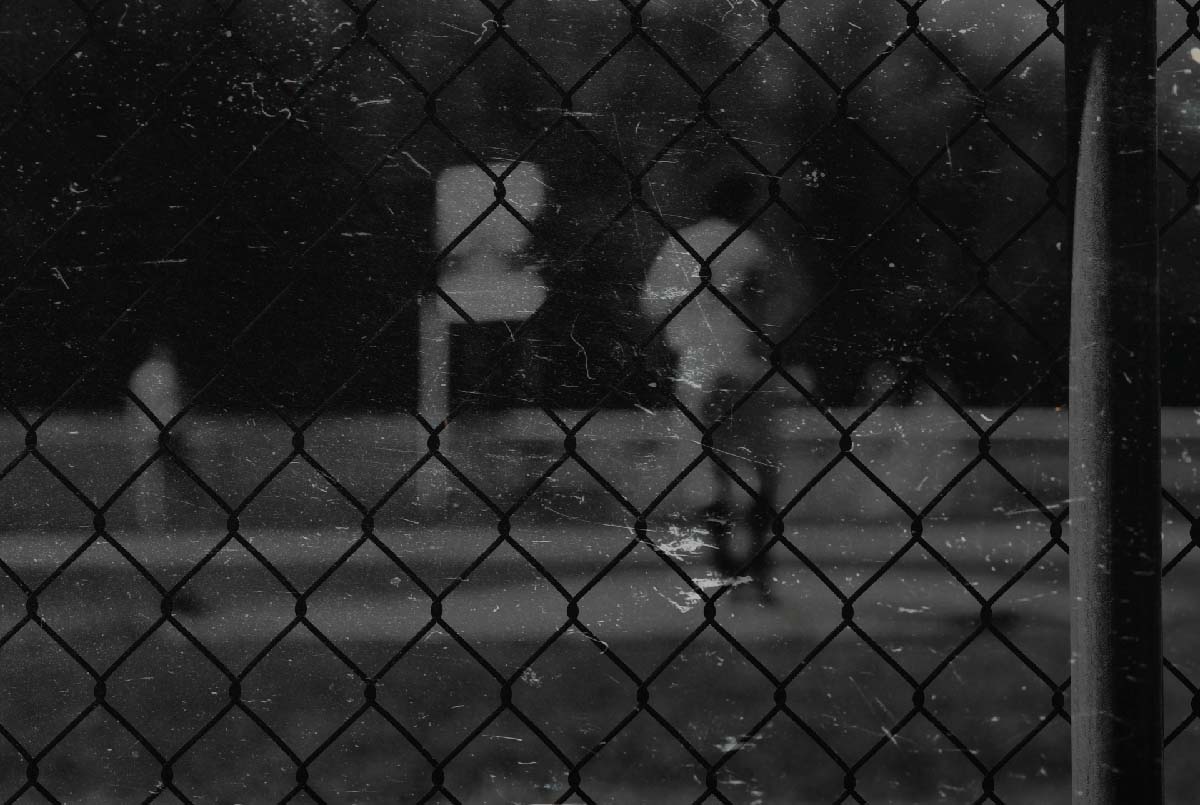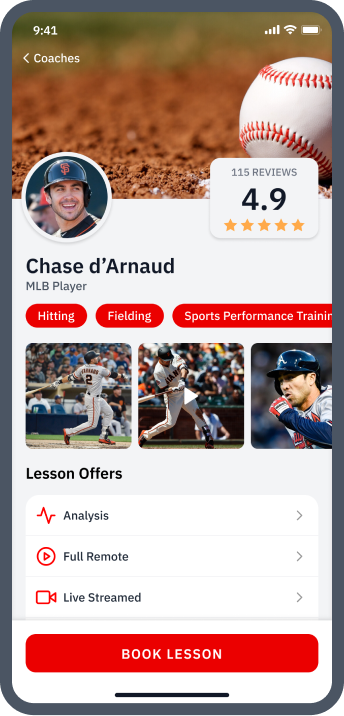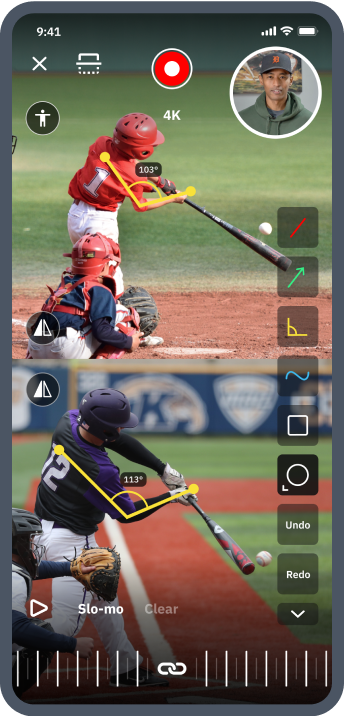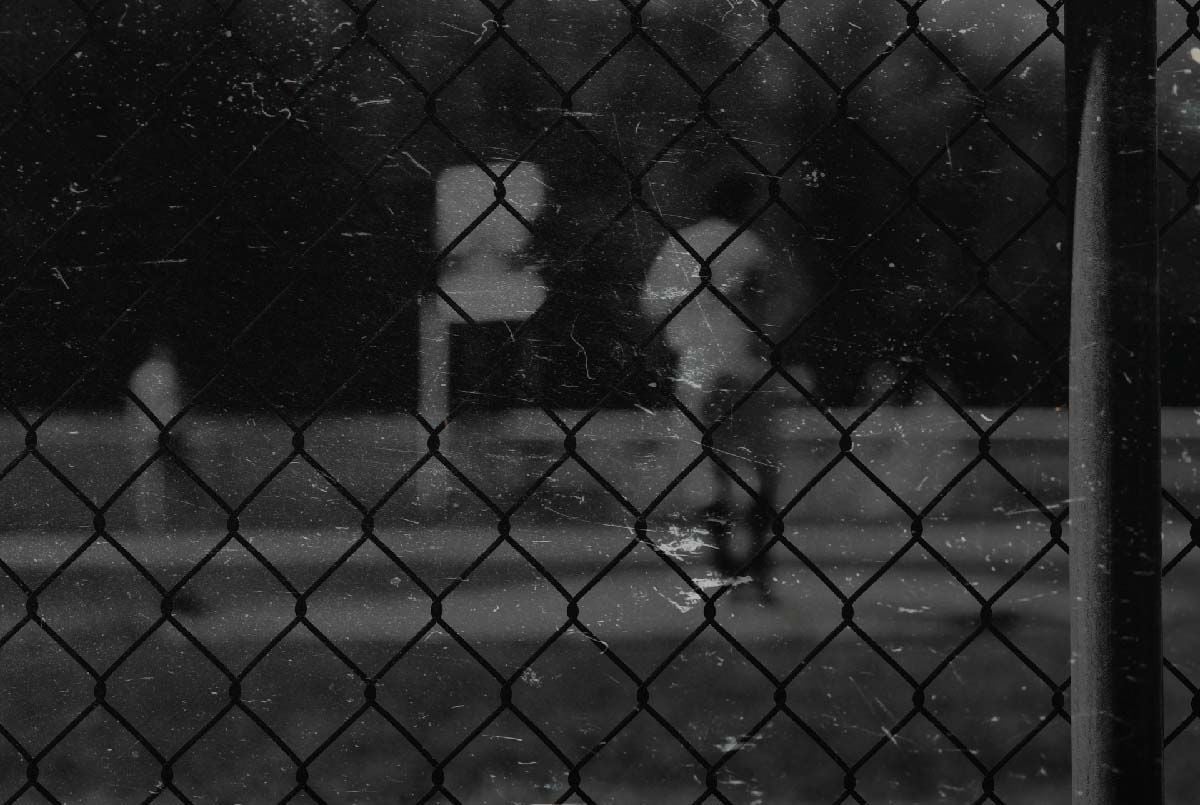What is Baseball’s Platoon System?

Have you ever wondered what the word “platooning” means in baseball?
Platoon systems involve a mass substitution of players. This strategy goes back to the sport’s early days and is still used by some teams today.
In this article, you’ll learn more about what the platoon system is, the strategy and history behind it, and some of the best examples of its use.
Now let’s move out, troops.
The Definition of a Platoon System
It’s commonly associated with sports like football, basketball, and baseball. But police forces also use platoon systems.
In baseball, two to three players usually make up a platoon.
The most common platoon in baseball is intentionally putting a left-handed batter against a right-handed pitcher and a right-handed batter against a left-handed pitcher.
Other combinations, like pairing a good fielder but weak hitter with a weak fielder but good hitter, occur too.
Generally, though, the left-handed versus right-handed platoon is what most teams have traditionally used.
The Baseball Strategy Behind Its Most Common Platoon System
In baseball, right-handed batters tend to hit better off left-handed pitchers and vice versa. This fact is at the heart of the main baseball platoon system and is the reason for its origin.
But why do opposite-handed batters perform better against pitchers?
Most agree that batters can more easily see the ball when it’s released by an opposite-handed pitcher.
And better sight on the ball gives hitters more time to react.
Sight is so important to success on the field that most MLB players have significantly better visual skills than the average person.
And professional organizations and their experts are starting to seriously at least consider an athlete’s vision as part of their draft eligibility criteria.
The final, related, reason that this platoon switch works so well is pitchers throw breaking balls that move away from same-handed batters and toward opposite-handed batters.
And most batters can more easily adjust to an inward break rather than an outward one.

Let’s take an example.
A right-hander is pitching, so we now know that in many situations a coach will prefer a left-handed hitter to bat.
This hypothetical pitcher has a great curveball, which breaks far away from right-handed hitters. So many right-handers will chase and miss his curve.
When he throws the same curveball to a pinch-hitting lefty substitute, though, the batter may very well pull a double down the right field line.
And the data generally supports this intuition.
The Platoon Split
There’s a statistic to measure how batters perform against opposite-handed pitchers in the platoon system.
It’s called the platoon split.
For example, if a left-handed batter has a .300 batting average against right-handed pitchers and a .250 against lefties, he has a .050 platoon split.
Batters with a positive platoon split have a platoon advantage over opposite-handed pitchers.

History of the Baseball Platoon
The strategy for pairing opposite-handed batters and pitchers was used from baseball’s early beginnings.
The first recorded instance of platooning occurred in 1887 with the Indianapolis Hoosiers.
The team used both right-handed Gid Gardner and left-handed Tom Brown in centerfield depending on who was pitching for the opposing team.

The Start of the Modern Platoon System
There were other cases of platooning around the turn of the twentieth century.
But the most famous example was the 1914 Boston Braves.
Manager George Stallings used platooning to bolster the Braves’ weak offense. No batter on the team had more than 400 at bats that season.
But the team went from last place in their division to winning the 1914 World Series.

Casey Stengel Popularizes Platooning
After Stallings’ success with the Braves, platooning really caught on in baseball.
It was popular throughout the 1920s, but had died off in use by the 1930s.
Then, baseball manager Casey Stengel brought platooning back into practice in 1938 in a big way.
Stengel won five consecutive World Series with the New York Yankees, from 1949-1953, using the platoon system.
Baseball Platooning Today
In light of the Yankees’ success, other teams finally saw how effective platooning could be and started implementing it themselves.
Platooning was widely used throughout the 1970s and 1980s.
But by the late 1980s and 1990s, baseball clubs were able to expand their bullpens.
Teams now had more pitchers that could be brought in strategically to counter opposite-handed batters, making the platoon system less effective.
That said, platooning continues today.
The increased access to data and analysis has led teams to put batters and pitchers in better matchups.
Typically, small-market teams that can’t afford baseball's high-profile pitchers will still use platooning to win ballgames.
Best Examples of the Platoon System
1914 Boston Braves
One of the best historical examples of baseball platooning is, again, the 1914 Boston Braves.
By rotating his outfielders, manager Stallings was able to put four left-handed batters in the lineup with his rotation – a huge advantage against right-handed starting pitchers.
The St. Louis Cardinals were the only other team that could put together such a lineup at the time.
Casey Stengel’s Yankees
While the 1914 Braves are acknowledged as the first to systematically use baseball platooning, the method didn’t even receive its name until the 1940s.
Here’s the scoop.
Casey Stengel platooned his third basemen, Bobby Brown, Billy Johnson, and Gil McDougald. He did the same at first base with Joe Collins and Moose Skowron, and the same in left field with Hank Bauer and Gene Woodling.
Sports writer Harold Rosenthal dubbed the groups of Yankees players “platoons”, borrowing from football terminology, which had, in turn, borrowed the name from military lingo.
And the name stuck.
If you’re at all curious about the original derivation of the word “platoon,” Merriam-Webster tells us:
The term was first used in the 17th century to refer to a small body of musketeers who fired together in a volley alternately with another platoon.

1980s Baltimore Orioles
Another successful use of the platoon system was the Baltimore Orioles in the 1980s.
Manager Earl Weaver platooned his left fielders, John Lowenstein, Benny Ayala, and Gary Roenicke.
Weaver took the platooning strategy further, considering the opposing pitcher’s velocity and his players’ performance on a given day.
The Orioles continued the platoon system at left field and at catcher, and won the 1983 World Series.
Platooning Pitchers
Today, platooning is most often used for pitching.
Managers will switch between left-handed and right-handed pitchers late in the game to gain a platoon advantage.
Doing so prevents the opposing team from countering, since player substitutions are limited.
Manager Tony LaRussa was a pioneer of this strategy, and by the late 1990s, many teams were emulating his platooning model.
Today, many teams have relief pitchers cut from this same mold.
Such hurlers fill specific roles – like the so-called LOOGY, AKA Left-handed One Out Guy.

Final Thoughts on Baseball Platoon Strategy
Though it didn’t always have a name, platooning is a classic baseball strategy.
Once referred to as “double-batting shift”, “switch-around players”, “reversible outfield”, and “triple shift”, platooning has been effective for many teams throughout the game’s storied history.
Okay, fall in, troops.
Wanna grow your baseball or softball coaching brand?
Get connected to new local and online lesson clients—along with all the tools you need to scale.
Download the free app

About the Author
Courtney Withrow
Professional Writer
Originally from the U.S., Courtney is a Brussels-based freelance writer with a Master’s degree in International Relations. She grew up playing softball and still loves the game.

